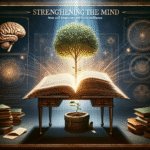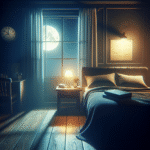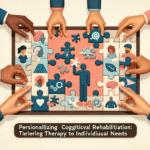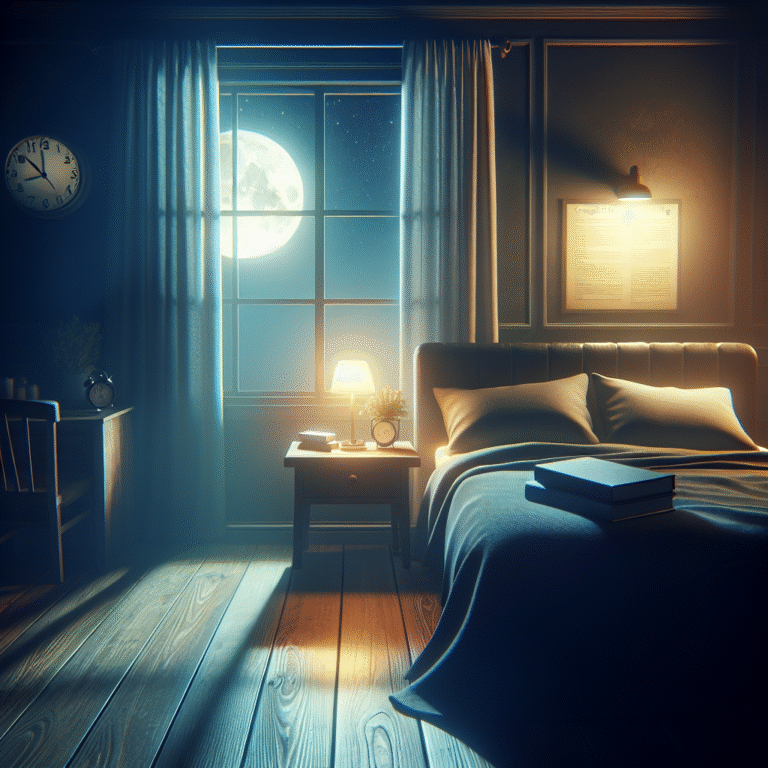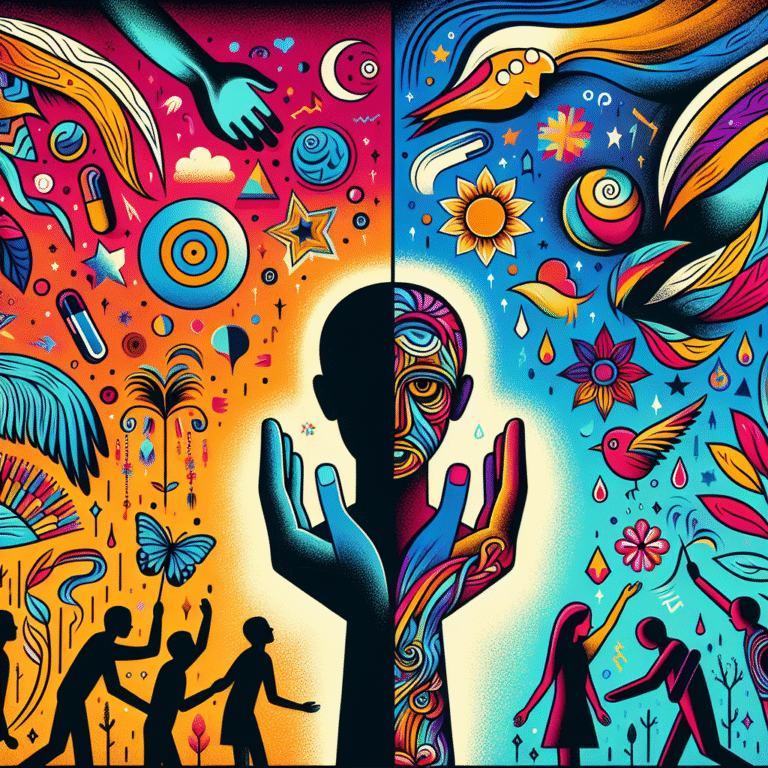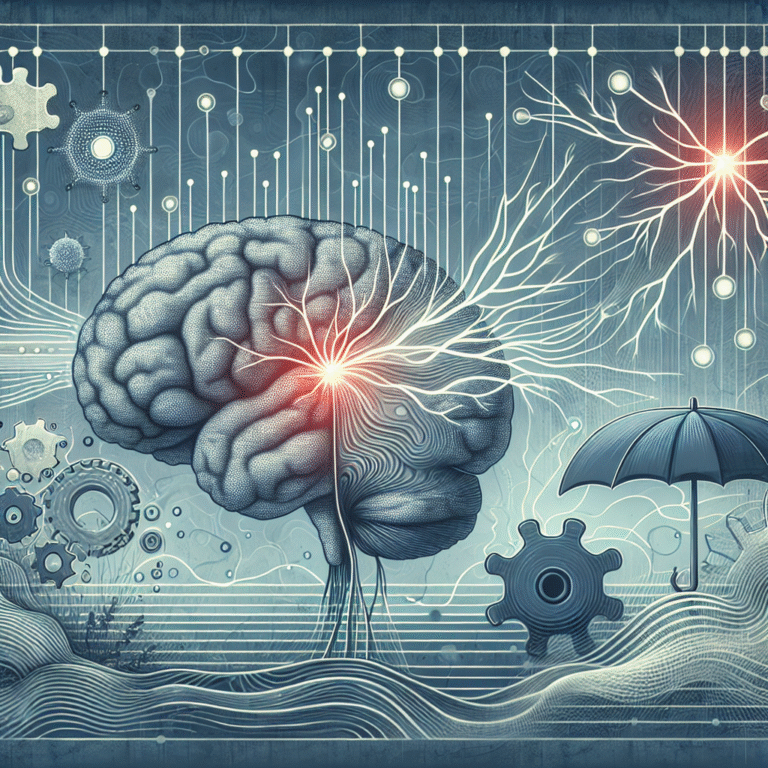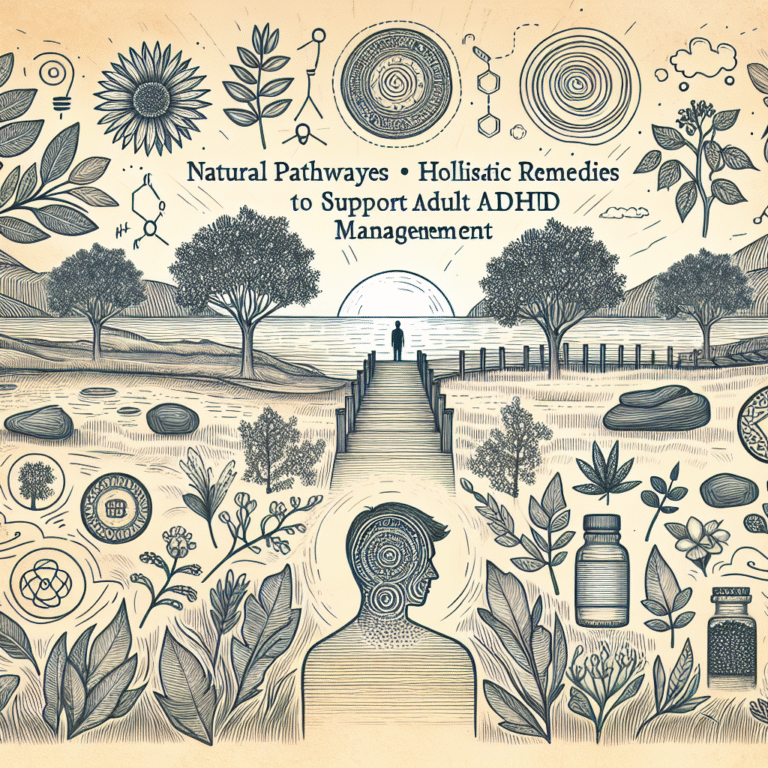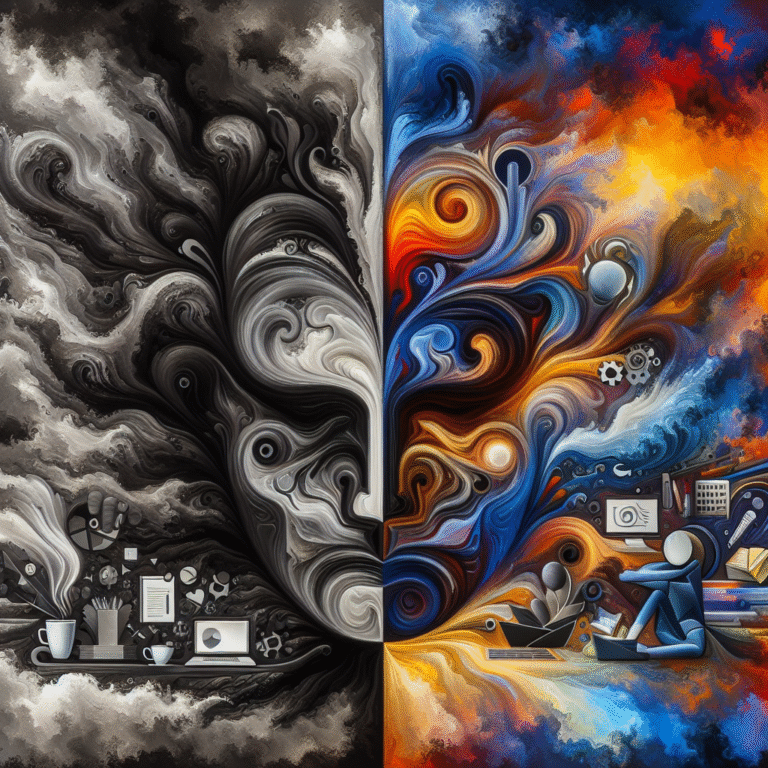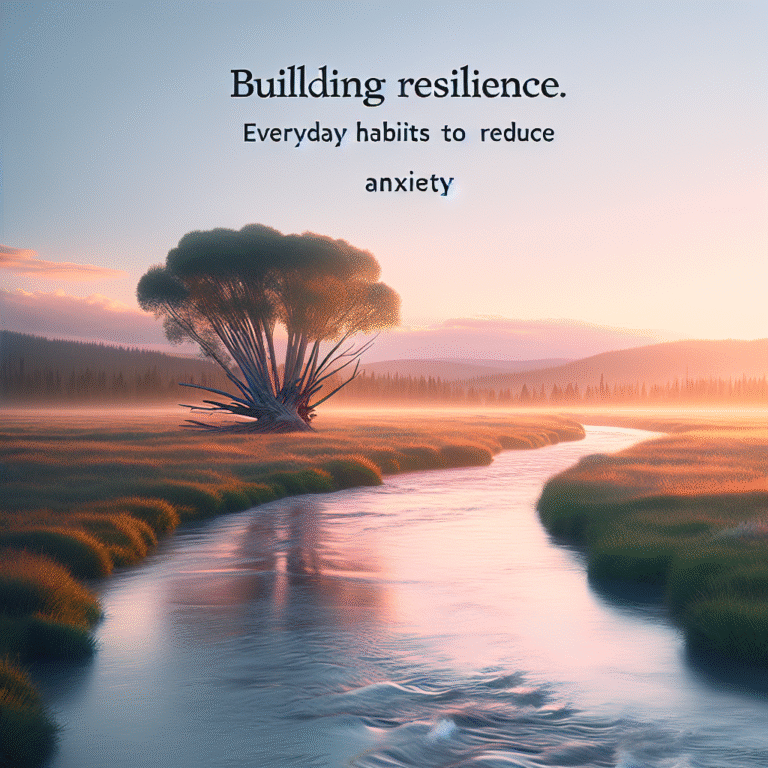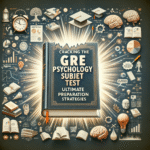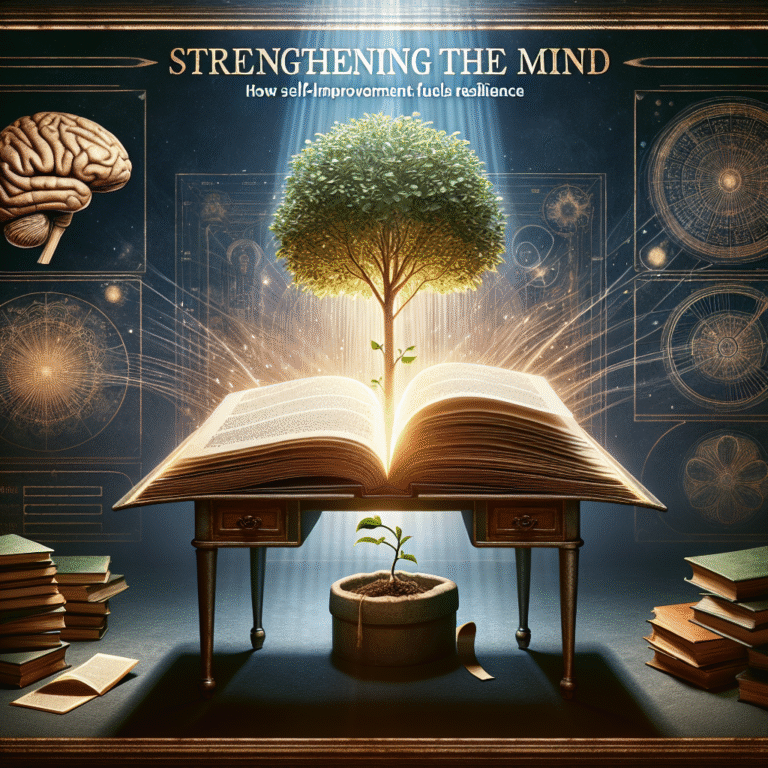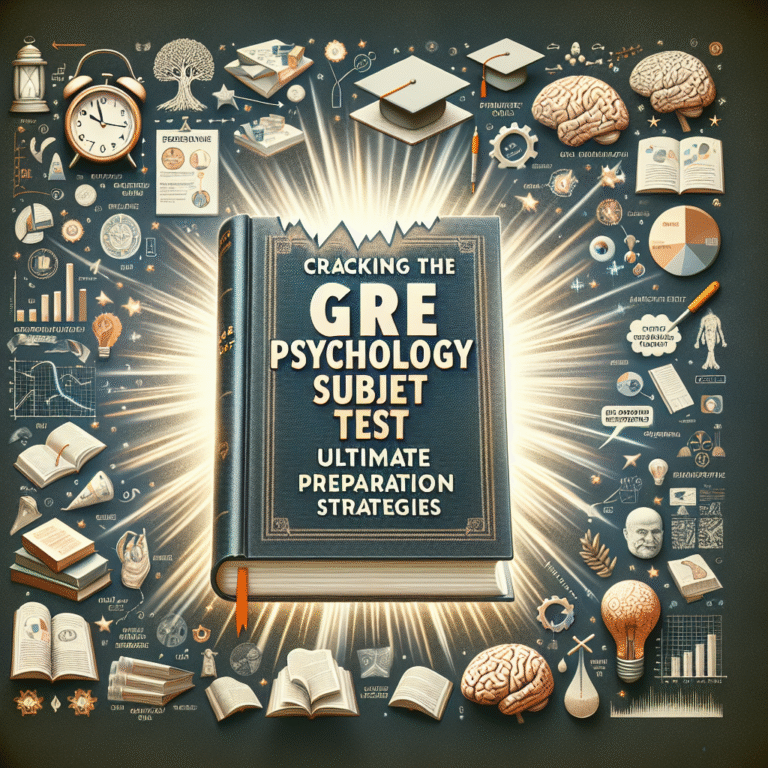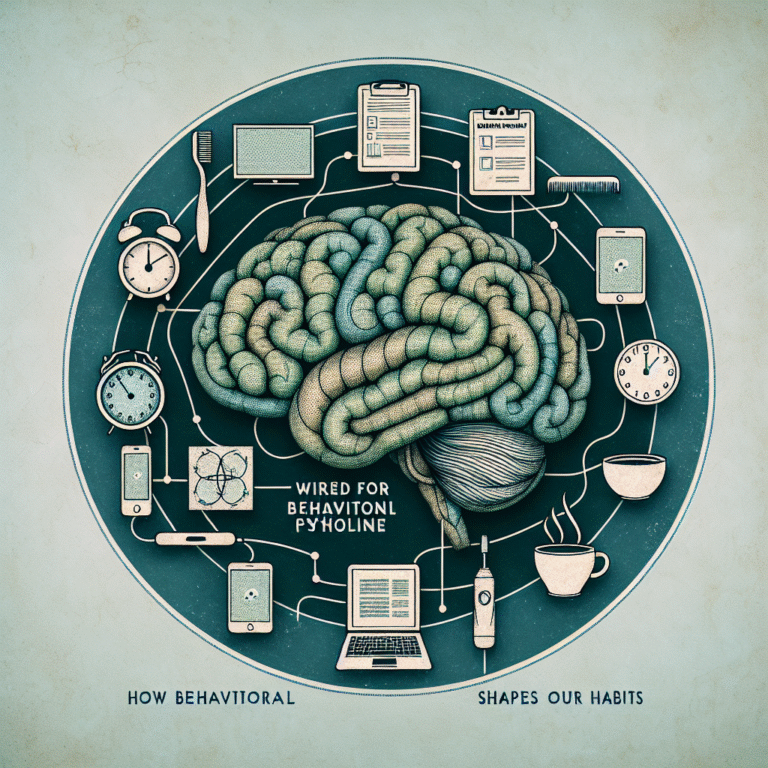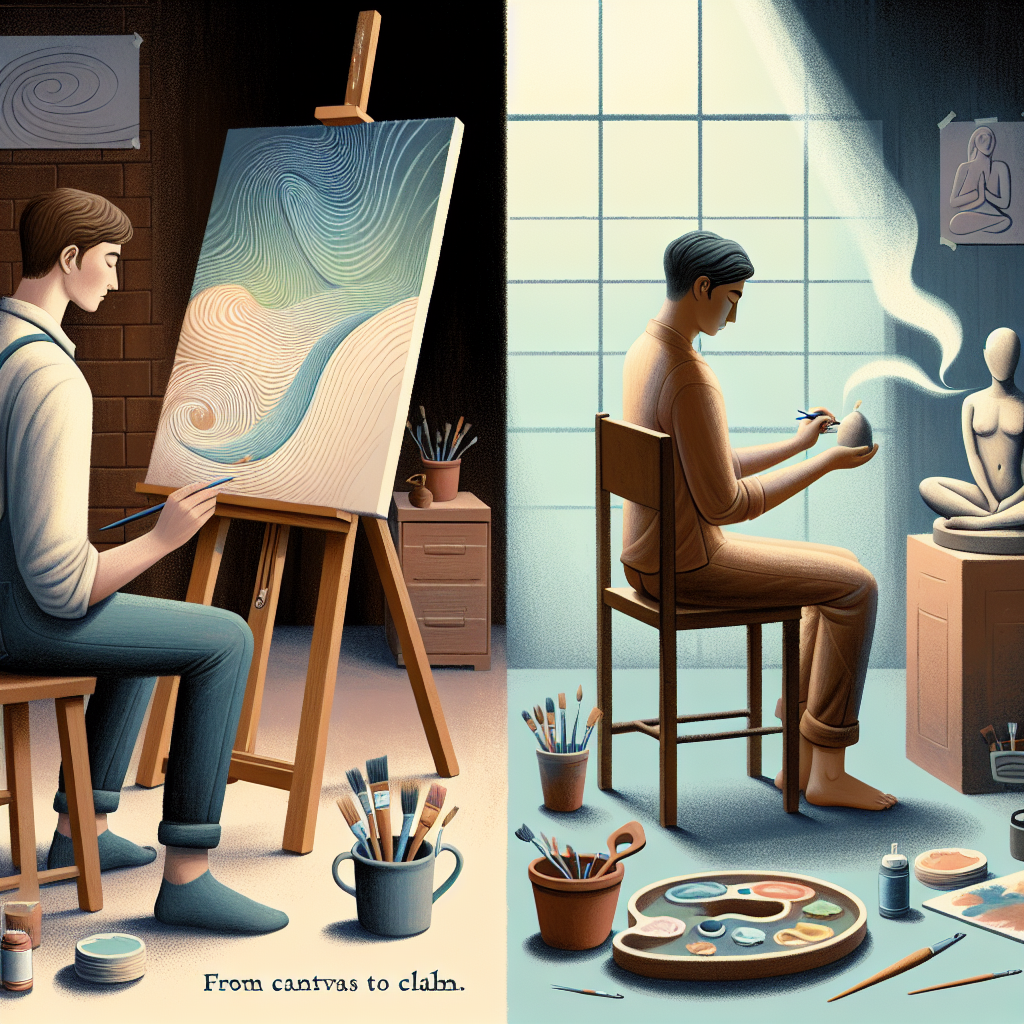
From Canvas to Calm: The Essential Healing Power of Art Therapy for Anxiety
Introduction
In an age where mental health awareness is increasingly at the forefront of social discourse, the quest for effective coping mechanisms continues to evolve. As we navigate the myriad challenges posed by daily life, anxiety often lurks in the shadows, manifesting in both subtle and overt ways. It affects millions, leaving in its wake a feeling of isolation and helplessness. Yet, amidst this complexity, a powerful tool has emerged that promises to transform distress into peace: art therapy. This article delves into From Canvas to Calm: The Healing Power of Art Therapy for Anxiety, revealing how artistic expression can lead to profound emotional healing.
The Science Behind Art Therapy
What is Art Therapy?
Art therapy combines the fields of psychology and art, using creative processes to help individuals express feelings, reconcile emotional conflicts, foster self-awareness, and improve interpersonal skills. Unlike traditional talk therapy, art therapy allows feelings and thoughts to be manifested visually, enabling a unique form of communication that is particularly beneficial for those grappling with anxiety.
How Does Art Therapy Work?
Art therapy operates on various psychological principles:
-
Symbolic Representation: Individuals express what they cannot vocalize, allowing them to process feelings and explore their anxiety.
-
Mindfulness and Presence: Creating art encourages mindfulness — the practice of being present in the moment, which has been shown to reduce anxiety.
- Catharsis: The act of putting emotions onto a canvas can provide a release, leading to reduced stress and emotional burden.
Benefits Supported by Research
Several studies emphasize the impact of art therapy on anxiety:
-
Emotional Regulation: Research from the American Journal of Art Therapy found that participants experienced reduced anxiety after engaging in art therapy sessions.
-
Improved Quality of Life: A meta-analysis demonstrated that art therapy significantly improved overall emotional well-being in those suffering from anxiety disorders.
- Enhanced Coping Mechanisms: Individuals reported feeling more equipped to handle their stressors after engaging in art-based activities.
Unique Tools in Art Therapy for Anxiety
Diverse Methods of Expression
Art therapy encompasses various modalities, each offering its unique approach to healing:
-
Painting: Utilizing colors and strokes to express deep-seated emotions.
-
Sculpture: Using tactile materials to create three-dimensional representations of feelings.
-
Collage: Combining different images and textures to articulate personal narratives.
- Digital Art: Leveraging technology for those who may find traditional mediums intimidating.
Tailored Techniques for Anxiety Management
-
Mindful Coloring: Engaging in intricate coloring patterns has been linked to lower anxiety levels by promoting relaxation.
-
Journaling: Pairing written expression with visual art provides a holistic approach to processing feelings.
- Group Art Therapy: Facilitating shared experiences among individuals with similar struggles fosters a sense of community and understanding.
Case Studies Illustrating Art Therapy’s Impact
Case Study 1: Eight Weeks of Color
Participant: Sarah, a 32-year-old teacher
Background: Severe anxiety stemming from workplace stress
Intervention: An eight-week art therapy program focusing on acrylic painting.
Findings: Sarah reported a significant decrease in anxiety levels by the end of the program, attributing this transformation to the ability to express her feelings through color. She stated, "It felt like I was giving my anxiety a voice."
Analysis: Sarah’s story exemplifies how structured art therapy can foster emotional release and resilience.
Case Study 2: Sculpting Emotions
Participant: John, a 45-year-old IT specialist
Background: Chronic anxiety and feelings of disconnection
Intervention: Sculpting with clay was introduced as a therapeutic tool.
Findings: Through the physical act of molding clay, John noted improved mood and increased feelings of connection to his emotions. He expressed that the tactile nature of sculpting was deeply grounding.
Analysis: John’s experience highlights the importance of tactile methods in art therapy, particularly for those struggling with anxiety that manifests physically.
A Closer Look: The Journey from Canvas to Calm
Pathways to Healing
Art therapy can be seen as a journey, moving individuals from chaos to calm through several paths:
-
Exploration: Beginning with a blank canvas, individuals navigate their internal landscapes.
-
Expression: Emotions take shape as colors and textures emerge.
- Reflection: Reviewing completed artworks offers insight into personal growth and transformation.
Practical Applications for Everyday Life
You don’t need to be an artist to benefit from art therapy. Here’s how you can incorporate these principles into your daily routine:
-
Daily Doodles: Set aside a few minutes each day to doodle or sketch your feelings.
-
Art Journaling: Combine writings and visuals in a journal to explore your thoughts.
- Color Your Worries Away: Try adult coloring books designed for relaxation.
Conclusion
As we conclude our exploration of From Canvas to Calm: The Healing Power of Art Therapy for Anxiety, it is essential to recognize that art offers a profound pathway to healing. By tapping into the creative process, individuals can find solace and release from the grips of anxiety. In a world that often feels chaotic and overwhelming, art therapy equips us with the tools to transform distress into creativity, and isolation into community.
Motivational Takeaway
Remember, even the smallest strokes on a canvas can pave the way to larger emotional shifts. So, pick up that brush, grab those crayons, or roll up your sleeves in the clay — your journey from canvas to calm starts today.
FAQs About Art Therapy for Anxiety
1. What is the main goal of art therapy?
The primary goal of art therapy is to help individuals express emotions and process feelings through creative expression. This can lead to improved emotional well-being and coping strategies for dealing with anxiety.
2. Do I need artistic skills to benefit from art therapy?
No artistic skills are necessary. Art therapy is about expression, not perfection. The focus is on the creative process rather than the final product.
3. How often should I engage in art therapy for it to be effective?
Even a small amount of time spent engaging in art can provide benefits. Consistency, whether daily or weekly, can enhance its effectiveness.
4. Can art therapy be used alongside traditional therapy?
Yes, art therapy can complement traditional therapeutic methods, providing a holistic approach to mental health care.
5. Are there any risks associated with art therapy?
Art therapy is generally safe, but like any therapeutic process, it may evoke strong emotions. It’s important to work with a qualified art therapist who can guide you through any challenges that arise.
By harnessing the healing power of art therapy, individuals can embark on transformative journeys that take them from canvas to calm, offering new hope to those seeking relief from anxiety.
